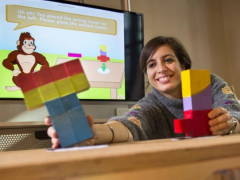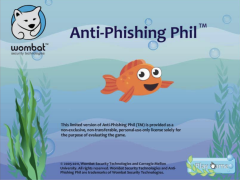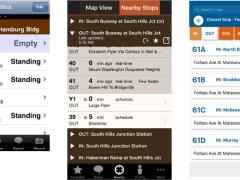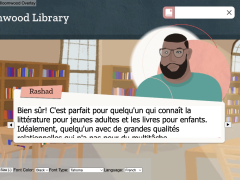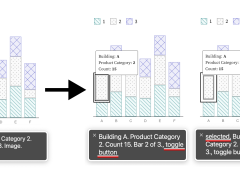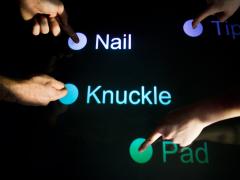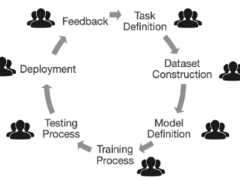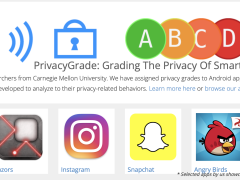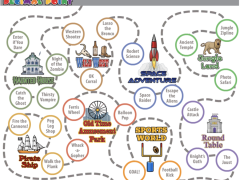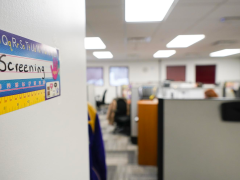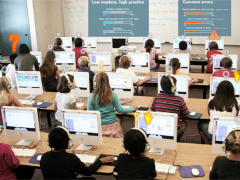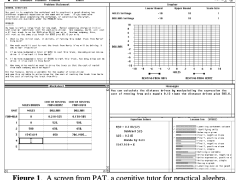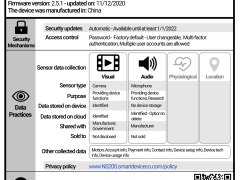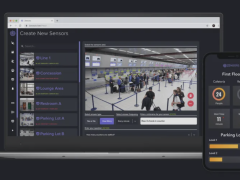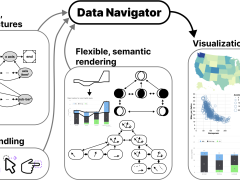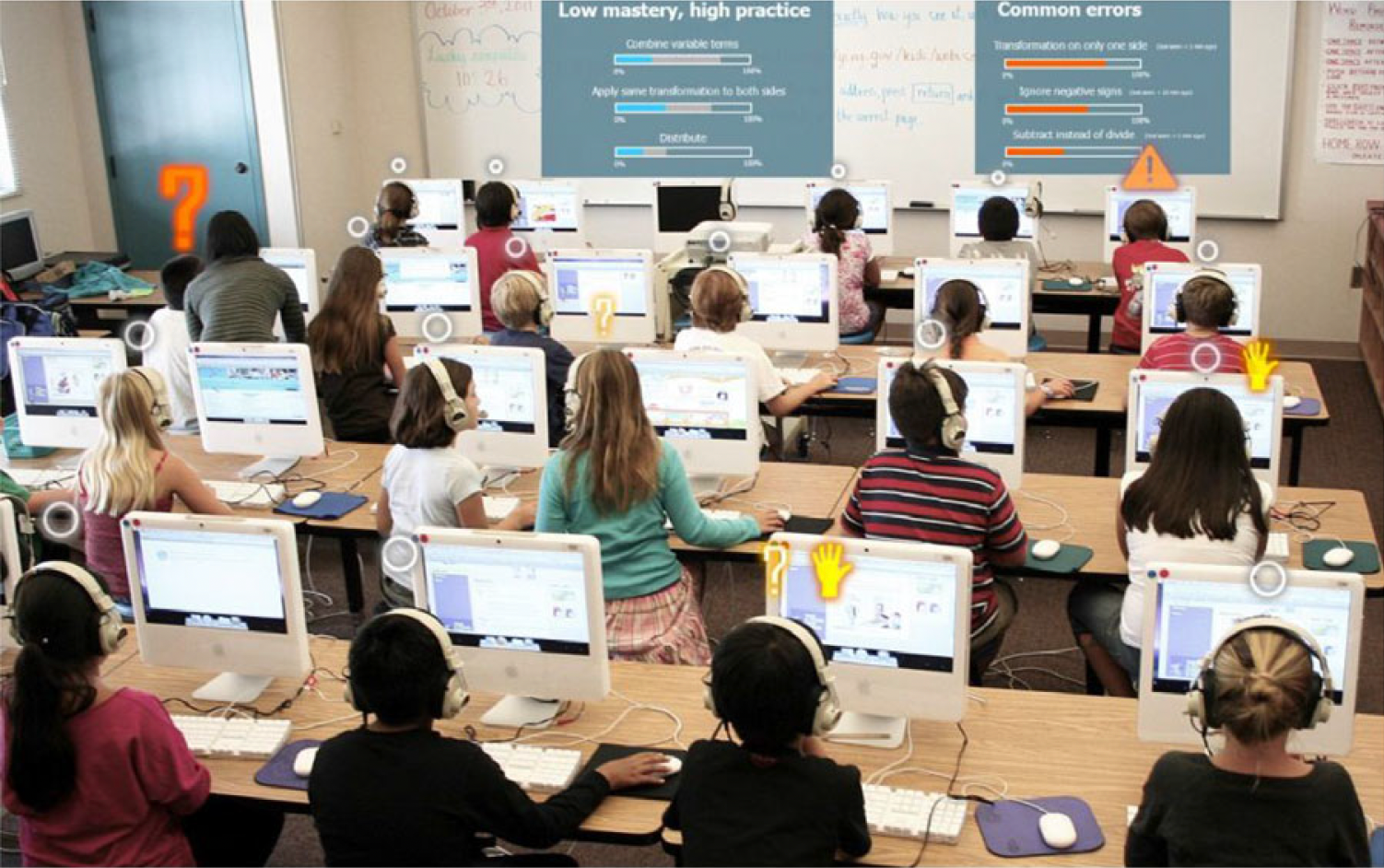Designing Teacher-AI Collaboration Systems
Impact: Providing real-time feedback for math learning
Hundreds of elementary and middle school students across the US have learned more as a result of our work on real-time, teacher-AI collaborative systems. This research has also inspired the development of new hybrid human-AI tutoring systems, including Carnegie Learning’s LiveLab and the Personalized Learning Squared (PLUS) platform.
We developed the first technologies for real-time teacher-AI collaboration in K-12 classrooms, improving student learning.
This work led to...
- Lumilo, AI-based smartglasses developed to help teachers better help their students in kindergarten to 12th grade (K-12) classrooms. Lumilo was used across dozens of K-12 classrooms in the US, helping improve learning among hundreds of students. This line of work has also developed multiple additional tools for teacher-AI collaboration and teacher-student-AI collaboration. Altogether, these have been used in more than 100 K-12 classrooms across the US.
- LiveLab, developed by Carnegie Learning. Our research directly informed the design of the LiveLab product, now widely used by teachers in K-12 classrooms across the US.
- An ongoing collaborative partnership between Carnegie Learning and CMU, to explore how the Lumilo smartglasses might be turned into a product.
- This work has informed the development of dozens of new technologies that support real-time teacher-AI collaboration, across both industry and academia.
- This work informed recommendations in the 2018 UNESCO Consortium for School Networking (CoSN) Report on “The future of work and learning.”
- This work informed recommendations in the 2023 US Department of Education’s report on “Artificial intelligence and the future of teaching and learning.”
Supported by: the National Science Foundation (NSF) & Institute of Education Sciences (IES)
Timing: This line of research started in 2015 and is ongoing.
Related work:
- "Intelligent tutors as teachers' aides: exploring teacher needs for real-time analytics in blended classrooms"
- "Designing for Human–AI Complementarity in K-12 Education"
- "A Conceptual Framework for Human–AI Hybrid Adaptivity in Education"
- "The TA Framework: Designing Real-time Teaching Augmentation for K-12 Classrooms"
- "Exploring Human–AI Control Over Dynamic Transitions Between Individual and Collaborative Learning"
- "Pair-Up: Prototyping Human-AI Co-orchestration of Dynamic Transitions between Individual and Collaborative Learning in the Classroom"
- "Improving Student Learning with Hybrid Human-AI Tutoring: A Three-Study Quasi-Experimental Investigation"
- "Towards the Future of AI-Augmented Human Tutoring in Math Learning"
- "How teachers conceptualise shared control with an AI co‐orchestration tool: A multiyear teacher‐centred design process"
- "Examining the Use of an AI-Powered Teacher Orchestration Tool at Scale"
Researchers: Vincent Aleven, Conrad Borchers, Ken Holstein, Ken Koedinger, Bruce McLaren, Nikol Rummel, Danielle Thomas, Kexin Yang
Research Areas: Learning Sciences and Educational Technologies, Human-AI Interaction
Looking at Additional HCII Impacts...
NoRILLA Interactive Mixed-Reality Science for Kids
Our novel, mixed-reality intelligent science stations bridge the physical and virtual worlds. Millions of children and families across the US are learning more science and improving their critical thinking skills after predicting, observing and explaining experiments with our patented system at their schools and museums.
Protecting Millions of People from Phishing Scams
We studied the social aspects of phishing attacks and protected millions of people through education and training. This work led to new educational methods to raise awareness, effective anti-phishing warnings, and algorithmic detection of phishing attacks.
Tiramisu Supported Public Transit Riders and Research
Years before the public transit buses in Pittsburgh had GPS location trackers, we were exploring how riders could be the co-creators of mobile transit info. During this 10 year research project, this app made it easier for travelers with disabilities to engage in opportunistic travel and benefited 75,000 unique transit riders.
Developing Novel Interfaces for Livestreamed Gaming
Livestream gaming viewers are limited in the ways they can participate, but this team found that designing a better experience for livestreams has a variety of benefits for audiences worldwide.
Creating Accessible Visualizations with Chartability
The Chartabilty framework has empowered people around the world to recognize the parts of a data visualization that produce barriers for people with disabilities. It has contributed to dozens of design languages, visualization guides, accessibility curriculum at universities, and the data journalism seen on news websites.
TapSense Improved Touch Detection on Millions of Smartphones
We trained smartphones to reliably detect four different touchscreen inputs – for example, a tap by a finger pad as compared to a knuckle – which created opportunities for new interactions and features.
Supporting Developers So They Can Build More Responsible AI
We conducted the first studies with industry practitioners to understand the challenges they face when building responsible AI systems. Our tools and methods are now supporting developers around the world.
Grading Your Smartphone Apps on Their Privacy Practices
We created a model that analyzed over 1 million smartphone apps on their privacy and data collection practices, and then assigned them a public-facing privacy grade. This easy-to-follow grading system raised public awareness and led to improved privacy practices from several app developers.
Improved Math Mastery with the Decimal Point Game
We explored the learning analytics behind our digital learning game to see how student learning responds to curriculum changes to the game. Over the past 10 years, over 1,500 students have benefited from the Decimal Point game and curriculum materials.
Understanding the Impacts of AI in Child Welfare
We conducted the first field studies to understand how child welfare workers incorporate AI-based recommendations into their decision-making, which had far-reaching policy impacts.
Designing Teacher-AI Collaboration Systems
Hundreds of elementary and middle school students across the US have learned more as a result of our work on real-time, teacher-AI collaboration systems in K-12 classrooms.
Millions Learned More Math with Our AI Tutor
Millions of middle school and high school students across the US have learned more math as a result of our decades of work with AI-based cognitive tutoring systems.
Human-Centered Privacy for the Internet of Things
As more gadgets become “smart” things and the Internet of Things (IoT) expands to tens of billions of connected devices, we want consumers to be aware of what their devices are doing with their personal data.
Zensors Turns Cameras Into Smart Sensors
In one application installed at the Pittsburgh International Airport in 2019, Zensors use existing cameras as powerful general-purpose sensors to provide wait time estimates for the security line, which benefits almost 10M PIT travelers per year.
Accessible Visualization Tooling with Data Navigator
A visual labeled as “an image of a bar chart” or that requires a mouse hover to display important info does not support all users. We created the Data Navigator system to give developers a flexible foundation for designing and building more inclusive data experiences.


